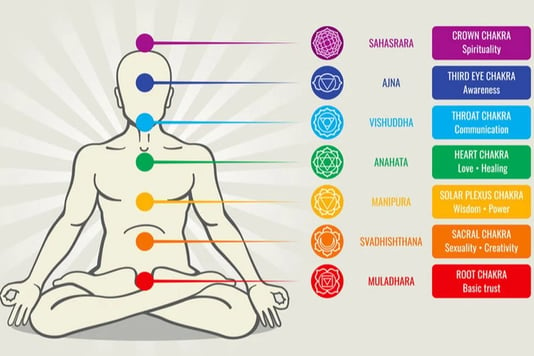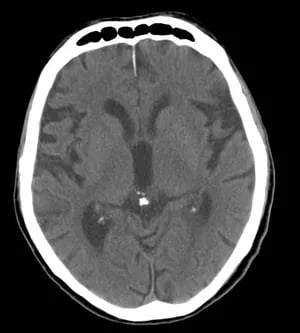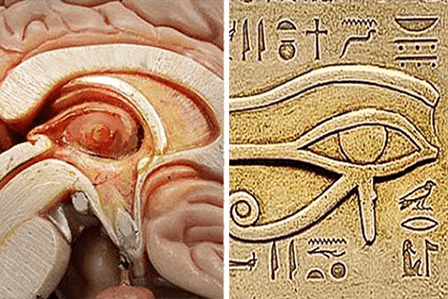Third Eye - pineal gland
Discover the fascinating history of pineal gland among civilization and how this helped in understanding its mysterious function
MEDICAL HISTORY
11/1/20243 min read
What is the Third Eye and Chakras?
Ancient spiritual traditions have ,for a long time, claimed that our bodies contain seven focal points of energy, known as chakras. These chakras are believed to influence our physical, emotional, and spiritual well-being
Chakra is from the old Sanskrit language meaning wheel or cycle.
When these chakras are in balance your life becomes connected with your mind and peace and clarity is obtained.
There are 7 total Chakras located along your spine to your head. each one is thought to have a special function.


Pineal gland
located in the brain is sixth chakra. It is also known as the third eye. It is believed that it controls your intellect, intuition, wisdom, and spiritual power.
Modern science still struggles to understand the full function of this gland. One of its known functions is to release melatonin, (Dracula of hormones). This hormone is important to control your sleep wake cycles. Furthermore, recently it was discovered that it can affect child development and puberty.
Starting from infancy the levels of pineal gland secretion is very high ,therefore infants need a lot of sleep, as the infant grows the levels slowly start declining reaching a trough just before puberty. Gonadotropin (sex hormone controlling secretions from brain) are inversely related to pineal gland secretions, So at puberty Gonadotropitn hit their peak while pineal gland activity reduce to allow sex hormones normal function to induce puberty and adulthood.
This is what modern science concluded to be function of this Third Eye.
In addition, there are some studies that indicate relation between aging and pineal gland. As the person get older more calcification occurs by deposition of mineral salts inside our pineal gland making it radio opaque on X ray (this is called corpora arenacea).
Neurologist have not yet figured out the result of this calcification on pineal gland activity. One theory predicts that it decreases the gland secretion of melatonin and thus adults require less sleep hours compared to children but this is yet debatable since pineal gland activity is all time low at puberty as mentioned.


Back to Third eye, this old name has actually a scientific proof as it is concerned with day/night cycles and thus photoreceptors from retina are connected with it through a tract to allow perception of time and light.
Pineal gland was not only mentioned in ancient Indian civilizations, also they were drawn on Egyptian sculptures in a sign called Eye of Horus or Eye of the moon.
Eye of Horus story in short, Horus was considered a mythical god in ancient Egypt, he lost his left eye in a fight with another god but then with the help of his friend could return it. Horus then gifted this healed eye to his deceased father to be used in the afterlife, where it proved its value and protection.
In this drawing that was believed to bring protection, safety and health for the carrier, an eye was drawn in line with some brain structures.Corpus callosum, thalamus, pineal gland, Medulla Oblangata and the eye were drawn in a way connecting them all to resemble the full protection if intelligence coincided with great sight. This shed light on the ancient anatomical understanding of the human brain as the drawing closely resembled the anatomical description of brain that is taught in med schools these days.
Fast forward today, you would be surprised to see that it is still in use serving the same people and same function 4000 years later. It is in fact used by some middle eastern and African countries under the name blue eye and is believed to protect from the evil eye, providing health, wealth and protection for its bearer.






